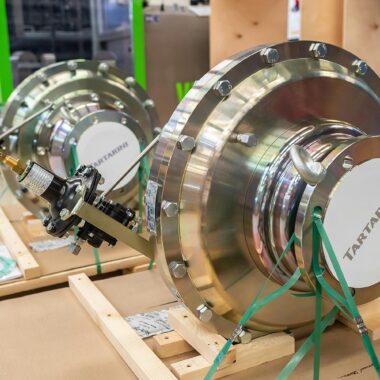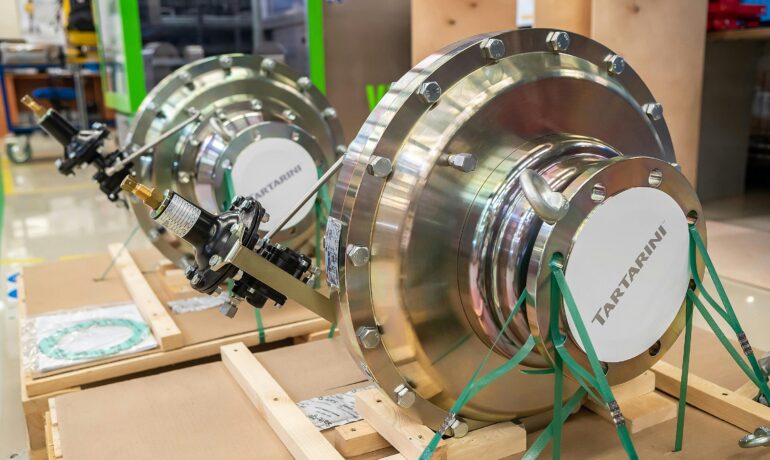The ICRIER-ICEA Report titled “Globalise to Localise” uses a grossly problematic reductionism of the critical economic concept of domestic value addition in its methodology and analysis in a highly misleading fashion.
Domestic Value Addition (DVA) in an industry is the total value of all domestic inputs used in total output of that industry, where total output is the sum of domestic sales and exports, and DVAratio is DVA per unit of output.
Or, DVA = (Domestic sales + Exports) * DVAratio (1)
Originally, the Report states that DVA is estimated as the sum total of the value of all domestic inputs used in the production process (page 7). This is also stated as the “demand-based” definition used by the Report in Box 3 (page 10).
But subsequently, the Report equates total output to exports and focuses on exports alone by formulating an equation:
DVA= Exports * DVAratio (2);where the DVAratio continues to be the aggregate DVAratio.
While Section 2 claims that the Study uses the correct definition of DVA in terms of total output, Section 3 that presents “stylised facts” on domestic value addition is based on DVA content of exports alone.
At the most fundamental level therefore, the methodology is wrong, because the Report equates total output in the industry to exports.
This incorrect construct (Equation 2) is used by the Report to argue that increasing export volume alone is sufficient for total DVA to increase, even when the DVAratio is falling or stagnating (because an increase in one component is sufficient for the product of two components in this equation to still increase).
Mathematically, for an increase in total DVA in an industry (Equation 1), two scenarios are possible:
1) total industry output has to increase, if the DVAratio isconstant or falling; or
2) DVAratio has to increase, if total output is stagnant.
If there is exclusive policy focus on promoting exports (to the exclusion of a DVA objective), increase in exports in specific electronics products (say, mobile phones or computers) will take place mainly through heightened imports of their parts and components at zero duty. At one level, such an import-dependent increase in exports reduces the domestic value addition per unit of output (DVAratio). At another level, rising imports will start displacing whatever domestic production has been taking place in parts and components, and cause a negative impact on total output.
Additionally, unlike earlier periods, when only exports had access to duty free imports of parts and components (and domestic market was protected), domestic demand for final products will also be increasingly met through import-dependent assembly (leading to further fall in DVAratio) or through direct imports of final goods (especially under zero duties on final goods). The latter will cause the displacement of domestic production of final products too.
In the absence of policy support for DVA, the net impact on total industry output of the displacement of domestic production by imports (of parts and components, and final products) will depend on the actual increase in total import-dependent production for exports and domestic sales.
Businesses’ incentives/propensity to invest in domestic production will keep getting reduced with zero duty imports. Removal of duties will dis-incentivise both tariff-hopping FDI into Indian electronics segments as well as domestic investments even by design-intensive indigenous entrepreneurs.
On the other side, if India’s exports have to keep increasing, we must have either consistently rising external demand (that is, there is no economic slowdown in all our major export markets), or a consistent rise in unit export prices for such mass produced mature products. India has no control over the latter two variables.
Furthermore, the Report also neglects the fundamental economic role of domestic value addition in sustaining domestic production and employment, as well as in reducing macroeconomic vulnerabilities for the country arising from import-dependent production in an industry that is witnessing rapid demand acceleration because of digitalisation.
It is domestic value addition in increasing return activities[1] which:
- creates sufficient internal profits (for re-investments in more productive capacities and for consumption);
- generates employment and wage incomes (thus generating adequate demand in the economy and tax revenue for the state; and
- solves balance of payment problems (to avoid vulnerability due to external debt build-up).
Increasing domestic value addition in the electronics industry is thus critical for breaking the cycle of import-dependent expansion in production, building technological capabilities, reducing debt build-up, and also for improving India’s digital sovereignty.
Dr Smitha Francis
20 September 2022
[1] Reinert, Erik S. and Sophus A. Reinert (2005) ‘Mercantilism and Economic Development: Schumpeterian Dynamics, Institution Building and International Benchmarking’ in Jomo K S and Erik S. Reinert (ed.) The Origins of Development Economics, Tulika Books, New Delhi.










More Stories
Win-Win Solution for the Farmers’ Agitation
iSPIRT and SITARA’s proposal for a Sovereign Compute Stack
Joint Inputs for draft Deep Tech Policy